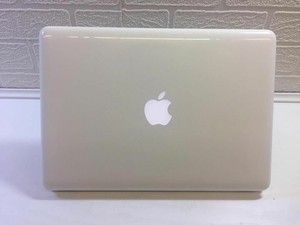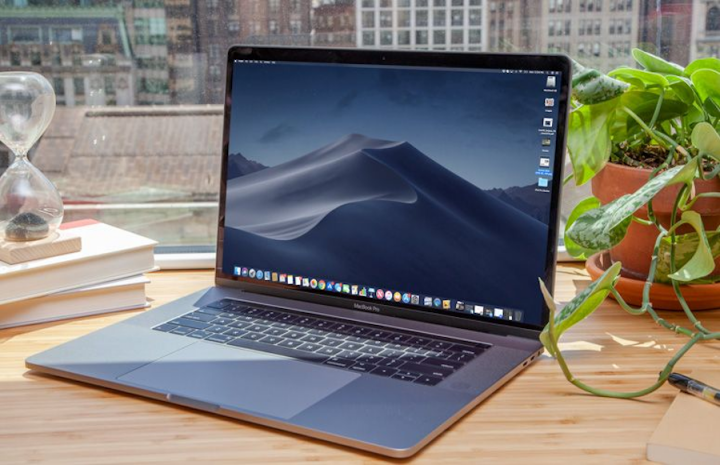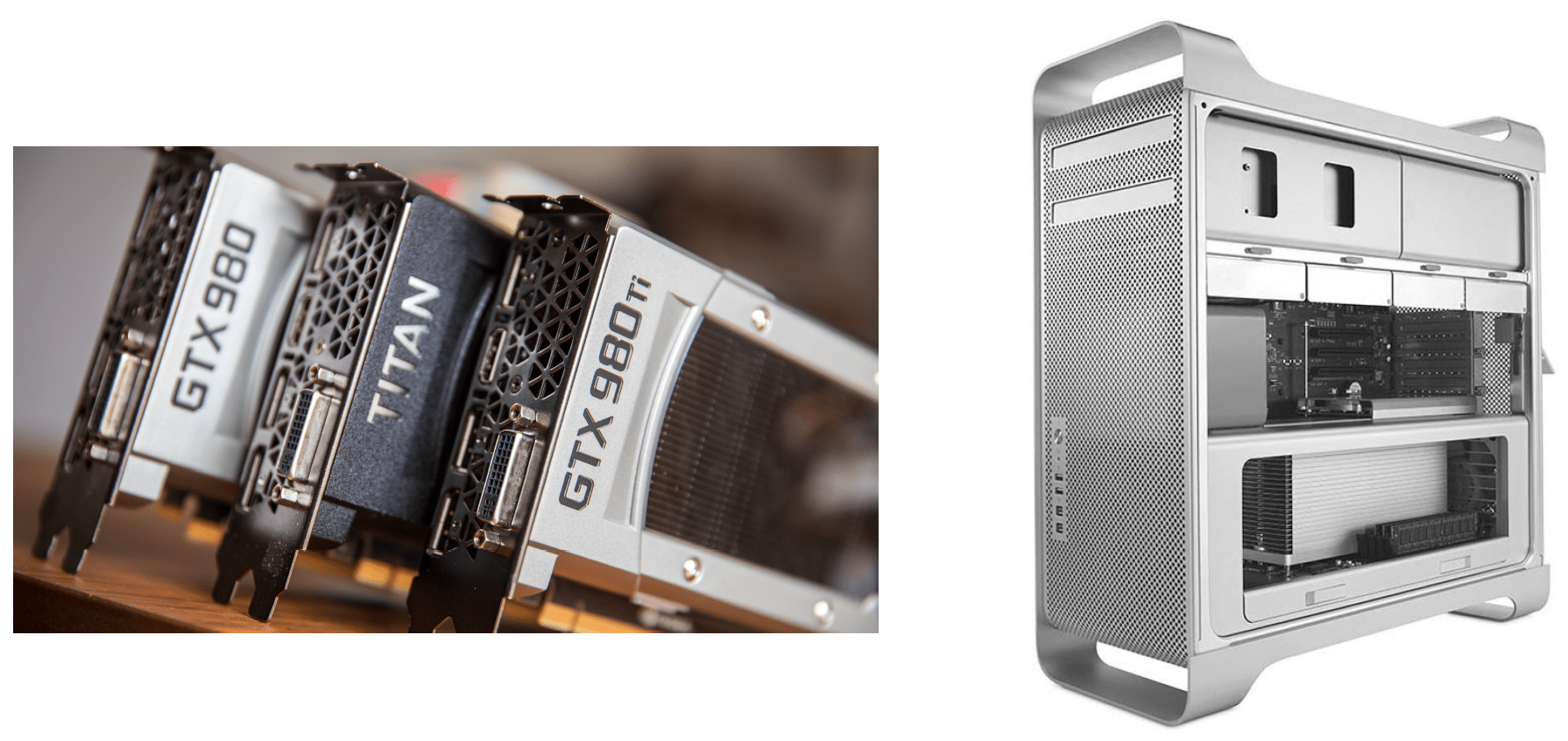

- #Mojave on 2010 macbook pro how to
- #Mojave on 2010 macbook pro mac os x
- #Mojave on 2010 macbook pro mac os
- #Mojave on 2010 macbook pro install
Upgrading from an older version of macOS? If you don't have broadband access, you can upgrade your Mac at any Apple Store. Click Upgrade Now and follow the onscreen instructions to begin your upgrade. Go to Software Update in System Preferences to find the macOS Catalina upgrade. Then, if your Mac is running OS X Mavericks 10.9 or later, you can upgrade directly to macOS Catalina. Make sure you're ready to upgrade.īefore you upgrade, we recommend that you back up your Mac.

Mac computers with Metal-capable graphics processors (GPUs) can upgrade to macOS Catalina. Chances are, your Mac can run macOS Catalina. And Sidecar, which lets you use iPad as a second Mac display. Smart new features in the apps you use every day.

Experience dedicated apps for music, TV, and podcasts. When you upgrade to macOS Catalina, you get more of everything you love about Mac. We have a macOS compatibility checker here, so you can. Apple said that would run happily on a late 2009 or later MacBook or iMac, or a 2010 or later MacBook Air, MacBook Pro, Mac mini or Mac Pro. MacOS Mojave is expected to be released in the September or October timeframe, keeping with the past several years of Mac operating system releases. These requirements are slightly more strict than those for High Sierra, which included support as far back as the Late 2009 MacBook, the Mid-2010 MacBook Pro, Late 2010 MacBook Air, Mid-2010 Mac mini, and Late 2009 iMac.
#Mojave on 2010 macbook pro mac os
Aqua was a substantial departure from the Mac OS 9 interface, which had evolved with little change from that of the original Macintosh operating.
#Mojave on 2010 macbook pro mac os x
The first release of the new OS - Mac OS X Server 1.0 - used a modified version of the Mac OS GUI, but all client versions starting with Mac OS X Developer Preview 3 used a new theme known as Aqua. Shift key, for instance, starts your Mac in Safe mode, and C (or c) starts up. You can remedy this by upgrading your GPU to one that supports Metal.Your Mac and OS X have a variety of startup keys and key combinations you can use to affect how the device starts up. If you do not see any reference to Metal in your Graphics/Display heading, then your GPU is not supported. If you see Metal: Supported, feature set macOS GPUFamily1 v3, you're good to go!
#Mojave on 2010 macbook pro how to
Here's how to check if your Mac GPU is Metal capable for Dark Mode.

#Mojave on 2010 macbook pro install
But since Apple has said that no new Mac Pro hardware will be coming this year (and maybe only arriving at the end of next year), Mac Pros that are older than the general rule of thumb 2012 date will still be allowed to install macOS Mojave and those with Metal capable GPUs will be able to run the new fancy-dancy Dark Mode. So older Macs not making the cut that cannot support these newer features is understandable. Cool new transitions, transparencies and general improvements to the moving and opening of windows will introduce new computing requirements. Yay! Metal 2 needed for Dark ModeĪs with any graphical updates, newer features may require newer hardware. One exception is that Apple has thrown us older Mac Pro 2010-2012 owners a bone and if you happen to have a GPU that supports Metal, you'll be able to get all of the neat features available under macOS Mojave despite having older hardware. The general rule of thumb is that if your hardware is from 2012 and newer (other than regular MacBook that must be from 2015 and newer), you'll likely be able to enjoy all of the macOS Mojave features including the long awaited Dark Mode. Apple has already informed developers of which Mac hardware will be supported under macOS Mojave.


 0 kommentar(er)
0 kommentar(er)
